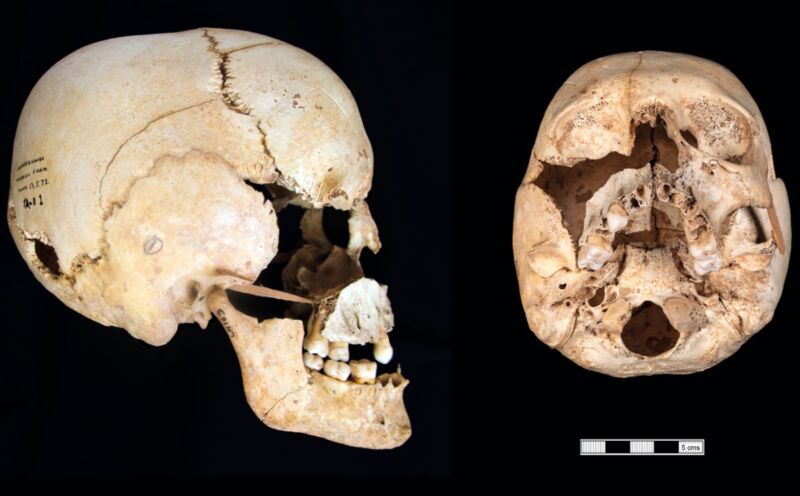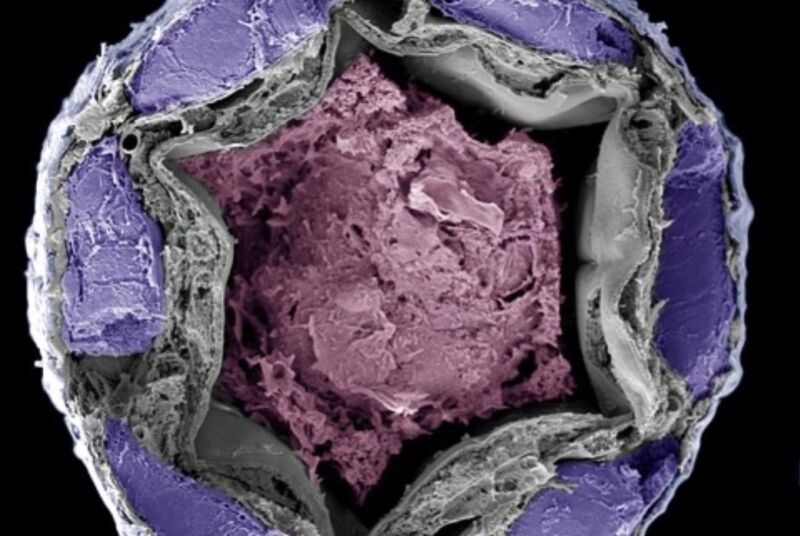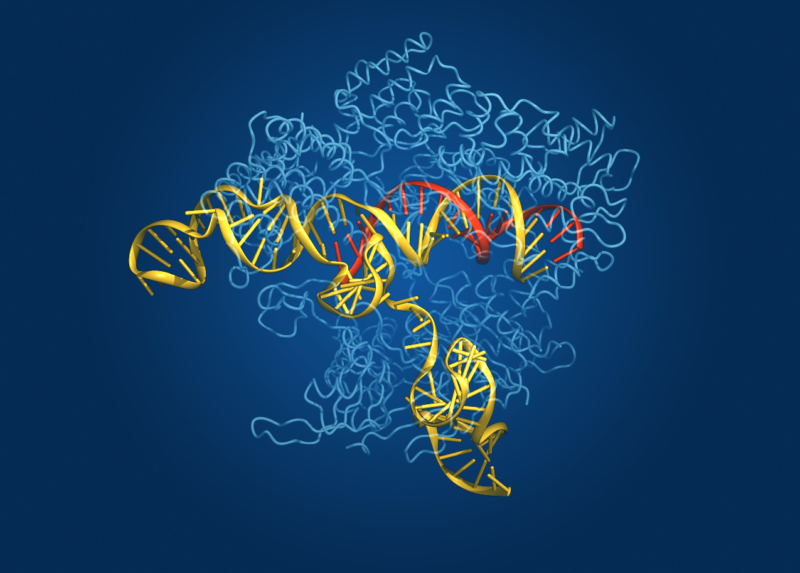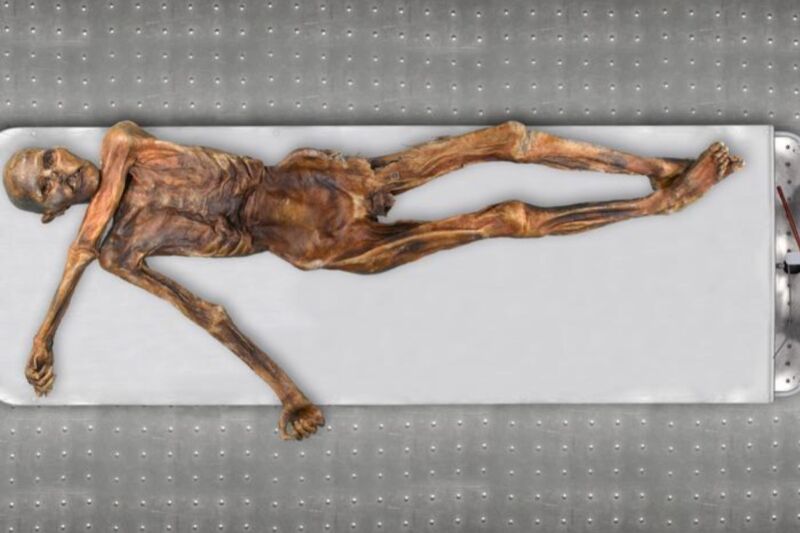-
 chevron_right
chevron_right
DNA parasite now plays key role in making critical nerve cell protein
news.movim.eu / ArsTechnica · Friday, 15 March - 18:10
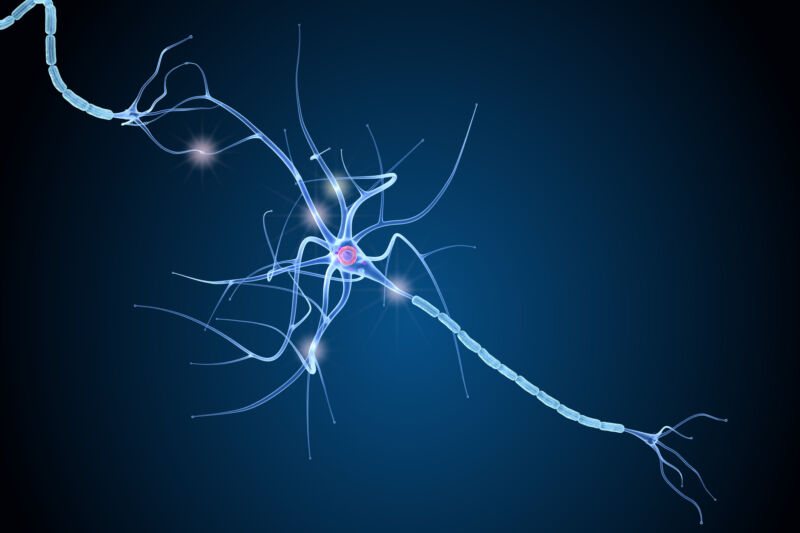
Human brains (and the brains of other vertebrates) are able to process information faster because of myelin, a fatty substance that forms a protective sheath over the axons of our nerve cells and speeds up their impulses. How did our neurons evolve myelin sheaths? Part of the answer—which was unknown until now—almost sounds like science fiction.
Led by scientists from Altos Labs-Cambridge Institute of Science, a team of researchers has uncovered a bit of the gnarly past of how myelin ended up covering vertebrate neurons: a molecular parasite has been messing with our genes. Sequences derived from an ancient virus help regulate a gene that encodes a component of myelin, helping explain why vertebrates have an edge when it comes to their brains .
Prehistoric infection
Myelin is a fatty material produced by oligodendrocyte cells in the central nervous system and Schwann cells in the peripheral nervous system. Its insulating properties allow neurons to zap impulses to one another at faster speeds and greater lengths. Our brains can be complex in part because myelin enables longer, narrower axons, which means more nerves can be stacked together.



